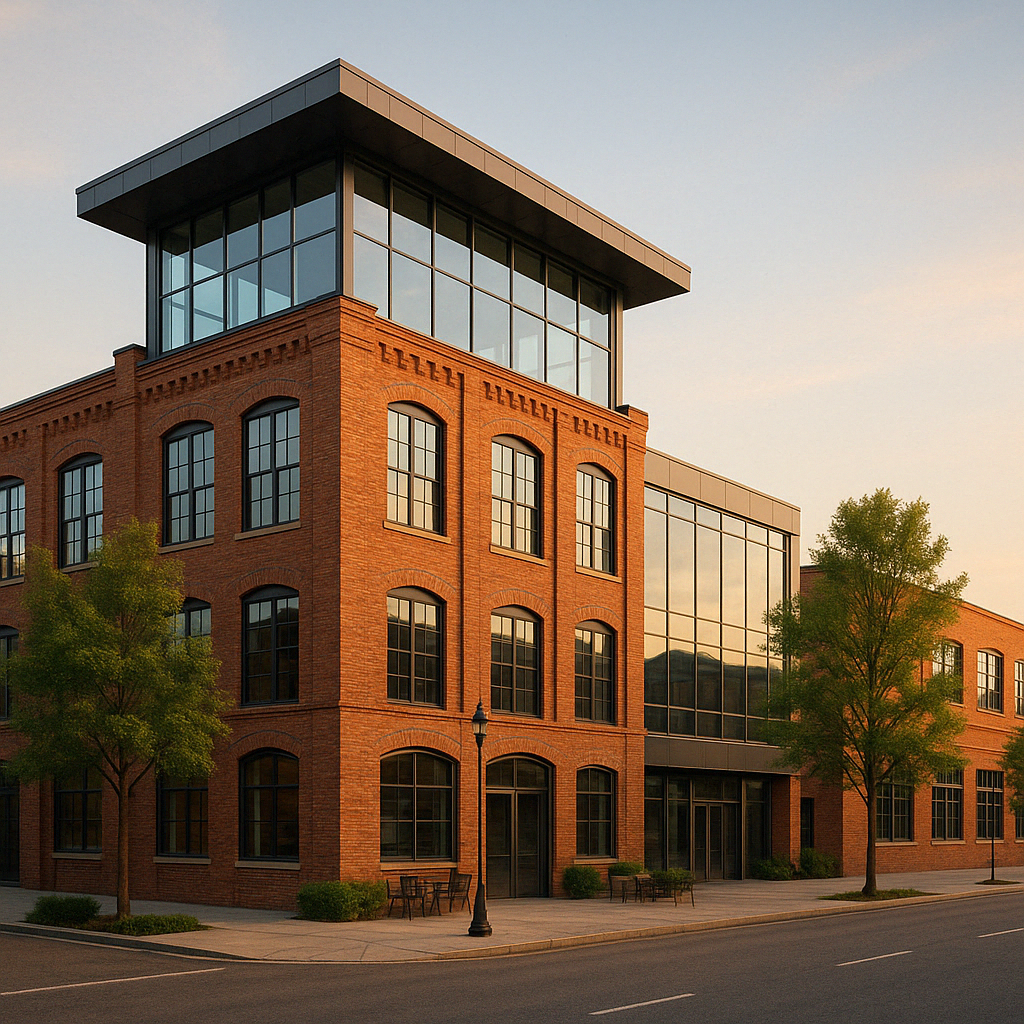Did you know that nearly 60% of commercial buildings in the United States are over 50 years old, according to a 2023 report by the National Association of Realtors? This statistic highlights a pressing opportunity in the form of adaptive reuse, a trend quietly reshaping the commercial real estate landscape.
What is Adaptive Reuse and Why Is It Gaining Traction?
Adaptive reuse involves repurposing existing structures for new functions, such as converting old warehouses into modern offices or retail spaces into residential units. This approach not only revitalizes underutilized properties but also addresses broader economic and environmental challenges.
Recent data from CBRE indicates a 25% increase in adaptive reuse projects in major U.S. cities between 2020 and 2023. Observable patterns show developers favoring this method due to rising construction costs and material shortages, with projects completing 20-30% faster than new builds.
The Impact on Key Stakeholders
This trend matters now because it aligns with shifting market dynamics. For brokers, it offers new inventory in saturated markets; investors benefit from cost-effective entry points and higher returns; and operators gain flexible spaces that adapt to evolving tenant needs.
- Economic shifts: Inflation and supply chain disruptions make new construction less viable, pushing stakeholders toward adaptive reuse for quicker returns.
- Demographic changes: Urban migration and remote work trends increase demand for mixed-use properties in city centers.
- Behavioral factors: Growing consumer emphasis on sustainability drives projects that reduce carbon footprints by up to 50%, as noted in a 2024 Deloitte study.
Connections to Broader Market Shifts
Adaptive reuse is not isolated; it ties into global trends like climate change mitigation and economic recovery. For instance, demographic shifts toward urbanization, accelerated by post-pandemic lifestyles, have led to a 15% rise in mixed-use developments, per Urban Land Institute data. Economically, it counters high interest rates by preserving capital through renovations rather than ground-up builds.
Behaviorally, tenants now prioritize eco-friendly spaces, with 70% of millennials willing to pay a premium for sustainable features, according to a 2023 JLL survey. This intersects with regulatory pressures, such as new green building codes in cities like New York and Los Angeles, making adaptive reuse a strategic response.
A Unique Perspective: The Case of the Domino Sugar Factory
To illustrate, consider the Domino Sugar Factory in Brooklyn, New York. Originally a 19th-century refinery, it was transformed into a mixed-use complex featuring offices, residences, and retail. This project, completed in 2023, generated a 40% return on investment within two years by blending historical charm with modern amenities.
This case study underscores a unique angle: adaptive reuse not only boosts property values but also fosters community engagement and innovation. Unlike traditional developments, it preserves cultural heritage while adapting to contemporary demands, offering a model for brokers to market properties with narrative appeal.
Key Takeaways and Practical Recommendations
In summary, adaptive reuse represents a timely trend that enhances sustainability and economic efficiency in commercial real estate. It impacts brokers by expanding deal opportunities, investors by mitigating risks, and operators by providing versatile assets.
For decision-makers, the key takeaway is to integrate adaptive reuse into strategies for long-term resilience. Recommendations include conducting feasibility studies to assess renovation potential, partnering with sustainability experts for certifications like LEED, and leveraging data analytics to predict market demand. By prioritizing this approach, stakeholders can navigate uncertainties and capitalize on emerging opportunities in a dynamic industry.
